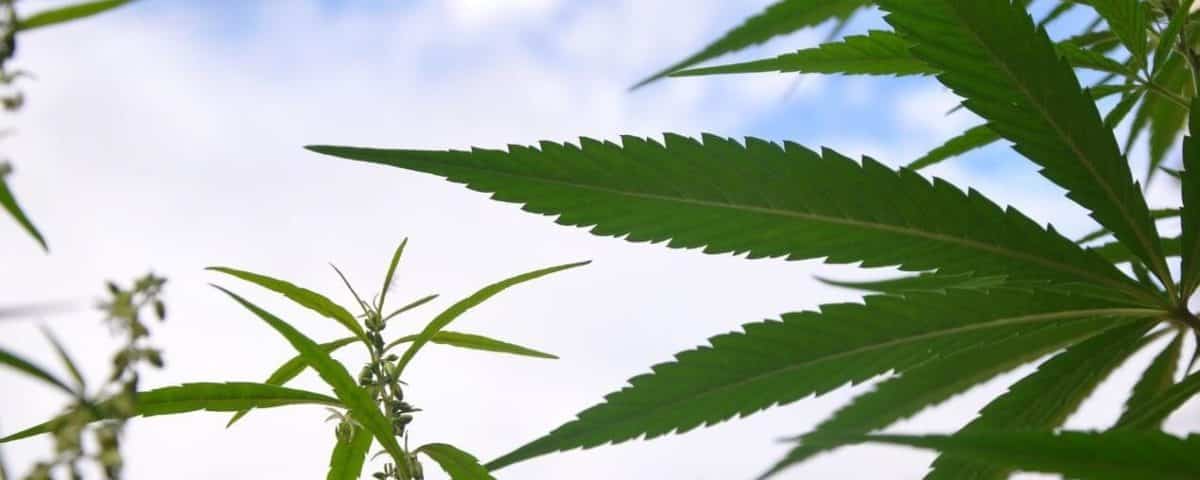Everything You Need to Know About Medical Cannabis

As of 2018, 33 states (and the District of Columbia) have approved cannabis for medical use. If you live in one of those 33 states, then you might be wondering about the benefits and possible side effects of medical marijuana. To help, here’s everything you need to know about medical cannabis.
What is medical cannabis?
Medical cannabis is more or less the same as recreational marijuana. It’s simply cannabis that’s designated to help relieve symptoms of certain medical conditions.
Two prominent ingredients of cannabis are THC (tetrahydrocannabinol) and CBD (cannabidiol), which are the main chemicals used in medical marijuana. THC is what produces the “high” people feel when smoking or eating marijuana.
While CBD is an active ingredient of cannabis, it’s important to note that CBD can be purchased without THC. There are different (and often less restrictive) laws related to selling CBD by itself. You can obtain CBDistillery coupons for CBD oils and other products that won’t get you high, but will still give you some of the benefits mapped out below.
What’s the difference between medical and recreational cannabis?
According to American Cannabis Company, “Medical use involves utilizing the whole unprocessed plant or the chemicals within it to lessen the symptoms of various conditions or diseases.” The chemicals being, as stated above, THC and CBD.
Some medical cannabis contains higher levels of CBD and provides less of a high effect that recreational marijuana. That’s because recreational marijuana often contains more THC and is used more for getting high as opposed to relieving symptoms.
With that said, there’s no significant differences between medical and recreational cannabis, and medical cannabis can still be quite potent.
What are the benefits of marijuana?
As WebMD points out, marijuana is used to treat a number of different conditions, such as:
- Alzheimer’s disease
- Cancer
- Crohn’s disease
- Eating disorders
- Epilepsy
- Glaucoma
- Schizophrenia
- PTSD
- Multiple sclerosis
- Muscle spasms
- Pain
Research also suggests CBD can reduce anxiety of inflammation, control nausea and other side effects of chemotherapy, relax muscles for MS patients, and stimulate appetite for cancer/AIDS patients to help with weight-gaining.
Are there any side effects?
While there are many benefits of marijuana, there are possible side effects such as bloodshot eyes, dizziness, low blood pressure, and sometimes even hallucinations and depression. It can also cause changes in judgement and coordination. There have been concerns about harm to the lungs when inhaling/smoking marijuana.
How old do you have to be to use and purchase cannabis?
While you have to be 21 years old or older to use and purchase weed recreationally, any person over 18 can get a medical marijuana card and purchase medical marijuana at a dispensary. In extreme health cases, people under 18 can receive it with parental and doctor permission.
It’s important to check your state laws, as they can change based on location. This essentially means the age limit for medical marijuana could rise to 21 and over depending on the state.
How to consume medical marijuana
There are a couple of ways to consume medical marijuana. One of the most common ways is inhaling/smoking the drug, which you can do via mav glass, pipes, rolling papers, vaporizing machines, and other smoking devices. This is one of the quickest ways to receive some the benefits of cannabis.
You can also eat marijuana-based products. Other options include lotions you apply to your skin and drops that you take orally.